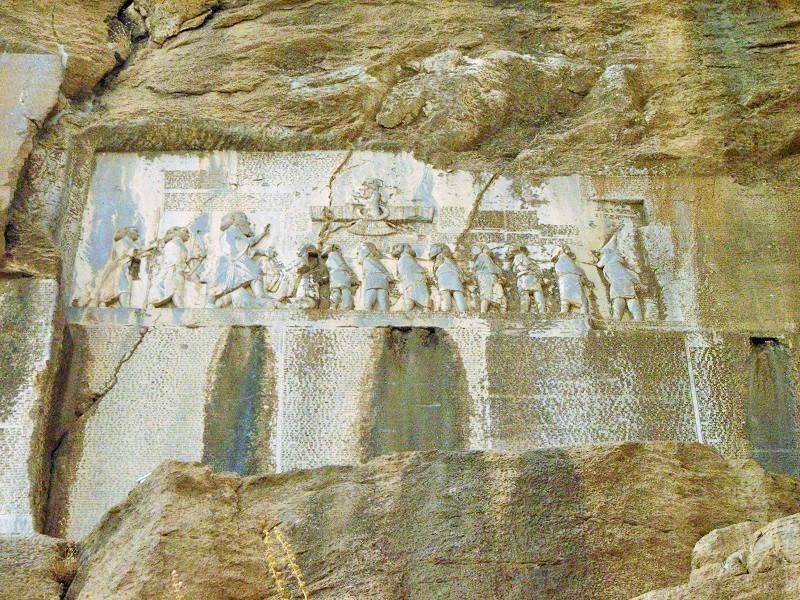
Bisotun World Heritage Site is one of the most important historical attractions of Iran and one of the most popular Kermanshah tourist attractions. This site is named after the towering Bistoun mountain in the Zagros mountain range that casts a shadow over the area. The Bistoon Hunter’s Cave, a prehistoric archeological site, is also located in the Chamchamal Plain nearby. The cave was discovered in 1949, revealing remains that suggest this place has been inhabited by humans since 40,000 up to 70,000 years ago.
The ancient trade road that connected Persian and Mesopotamian merchants passed through a valley in front of this mountain. There are also traces of Medes, Achaemenids, Sassanid, Ilkhanid, and Safavid civilizations in this region. This article aims to introduce this Iranian UNESCO World Heritage site.
The Bas-Relief and Inscription of Darius the Great in Bisotun World Heritage Site
After the death of Cyrus the Great, the founder of the Achaemenid Dynasty, the Persian Empire fell into chaos. Because no one knew who his heir was, to succeed him on the throne. At such a critical juncture, some individuals falsely claimed that they were Cambyses, Cyrus’s son.
When Darius I and other Achaemenid elders found out about the conspiracy of the false successors, they decided to stop their campaign, save the empire, and restore law and order to the country. To this end, Darius the Great (Darius I) suppressed the imposters and ordered the truth to be written on parchment paper and clay tablets and spread across the kingdom. Then, it was engraved on an inscription on Bisotun Mountain, which is now part of the Bisotun World Heritage Site.
By the order of Darius the Great, this large cuneiform inscription was engraved on Mount Bistoon, which is the largest stone inscription in the world. The inscription reveals the true identities of the imposters, their origin, false identities, and the tale of their capture. There is also a bas-relief that displays the story in one scene. In that relief, 9 rioters are chained to each other in a row, with Gaumata the Zoroastrian priest standing at the feet of Darius the Great.
Deciphering the famous inscription in the Bisotun World Heritage site has played a huge role in understanding cuneiform writing and ancient civilizations. In this regard, this inscription can be compared with the “Rosetta Stone” in Egypt.
Other Historical Monuments in Bisotun Historical Site
The most important buildings of this region and its historical remains are:
- Bistoon Hunter’s Cave: a cave from the Neanderthal era, estimated to be about 40,000-70,000 years old.
- Historical monuments of the Medes period: a fortress that dates back to the 8th or 7th century BC and is located on the foothills near the Bisotun inscription. Also, an Iwan dating back to the Medes period is located beneath the relief of Darius, which was most likely a statue for prayer.
- Historical monuments of the Achaemenid period: The Royal Road which was built during the reign of Darius the Great and extended from Susa to Sard and passed through the Bisotun world heritage site.
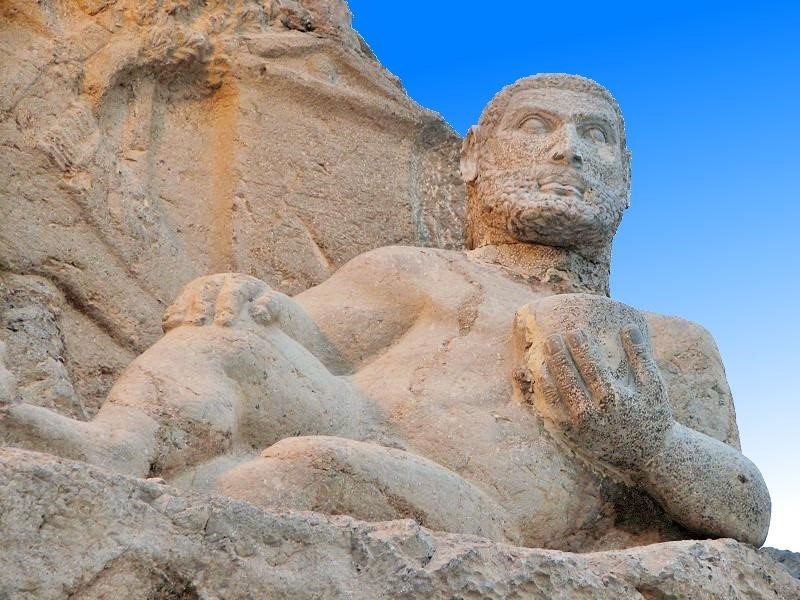
- Traces of the Seleucid Period: A statue of Hercules with curly hair, resting in front of an olive tree.
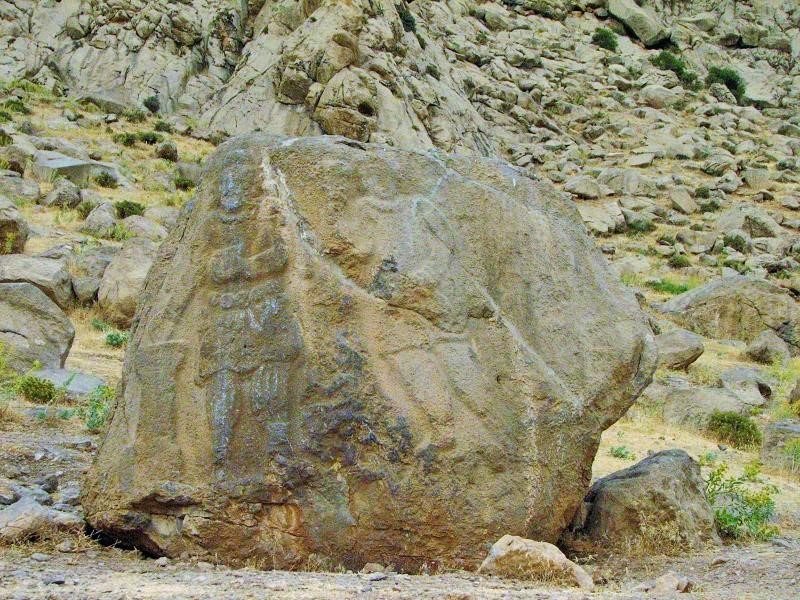
- Historical remains of the Parthian Period: These remains include the ruins of a Parthian city, the bas-relief of Gotarzes II, the relief of Mehrdad II, a prayer site, and the Parthian rock relief of Vologases I of Parthia.
- Sassanid Historical Monuments: Behistun Palace, which is said to have been the palace of Osroes II, carved stone surfaces or Farhad Tarash (carved by Farhad the mountain carver), are among the works of that era. Farhad Tarash is a rectangular site at the foot of the mountain that has been carved vertically, most likely to carve relief figures in it, but it was never completed.
- Ilkhanid Caravanserai: This building is made of stone, brick, and mortar. Its arches and half-built walls are located at the mountain foothills and close to the inscription and other works.
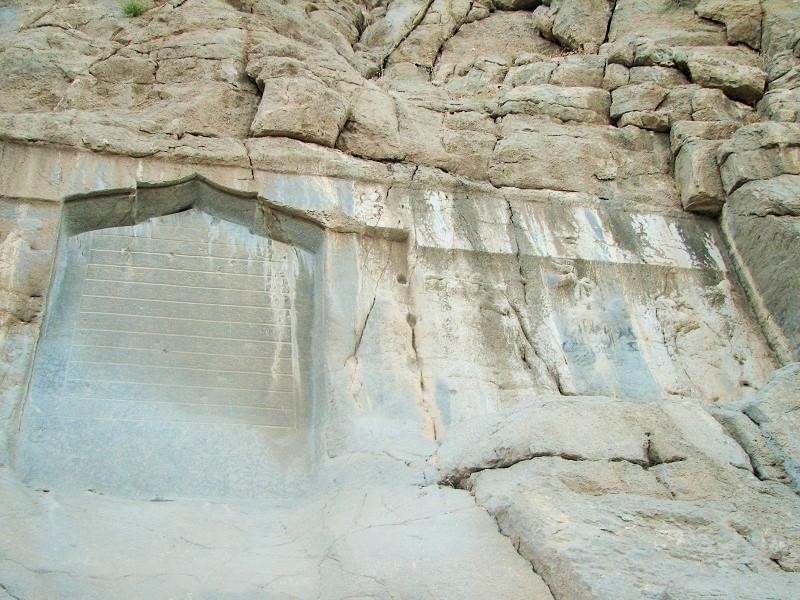
- Safavid historical monuments: A caravanserai that is still standing in the Bisotun World Heritage Site near the inscription, in addition to an inscription donated by Sheikh Ali Khan Zanganeh.
Bisotun World Heritage Site is one of the most spectacular tourist attractions in the west of Iran, and we recommend visiting it to all travelers passing through Kermanshah.
Where is the historical Bisotun UNESCO World Heritage site?
To visit this unique area, you can use private or public transportation and go to the following location:
Frequently Asked Questions About Bisotun UNESCO World Heritage Site
If you did not find the answer to your question here, leave us a comment in the comments section below this post and ask your question. We will answer it as soon as possible.
Where is “Farhad Tarash” located in the Bisotun historical site and why is it known by this name?
There is a huge carved wall on the west side of Darius’s relief in Bisotun. There are various reasons for the incomplete state of this monument. Some believe that the love story of Farhad and Shirin (which is not historically accurate) is the reason for choosing the name “Farhad Tarash” for this monument.
When was the Ilkhanid caravanserai in the Bisotun area built?
There is an unfinished caravanserai across the Farhad Tarash monument, the remains of which were built during the Ilkhanid period. The original foundation stone of this historical work dates back to the Sassanid period and the rule of Khosrow II. Some sources have mentioned an earthquake as the reason for abandoning the construction of this caravanserai, while in some sources the cause is unknown. Of course, during the Timurid period, unstable construction efforts were made by the nomads, which is not noteworthy.
Is it true that the head of the statue of Hercules is not the original one?
The head of the statue of Hercules, which is located in the Bisotun area, has been stolen twice so far. The second heist took place in 1991, but the head was fortunately discovered. After that, the officials decided to make a new head of the same material as the original statue (limestone) and put it in its place to prevent further damage to the monument. Currently, the original head of this statue is kept in the treasury of Iran’s cultural heritage organization.




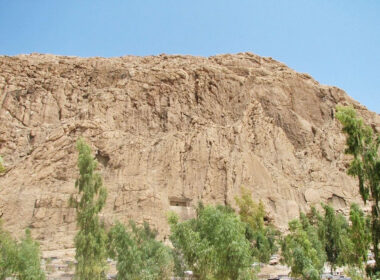
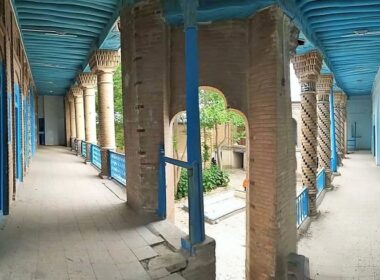
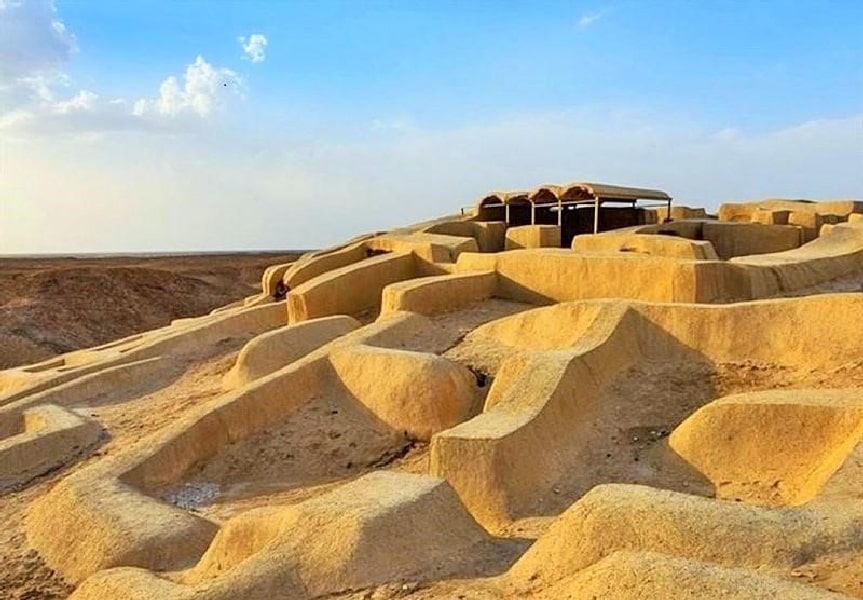

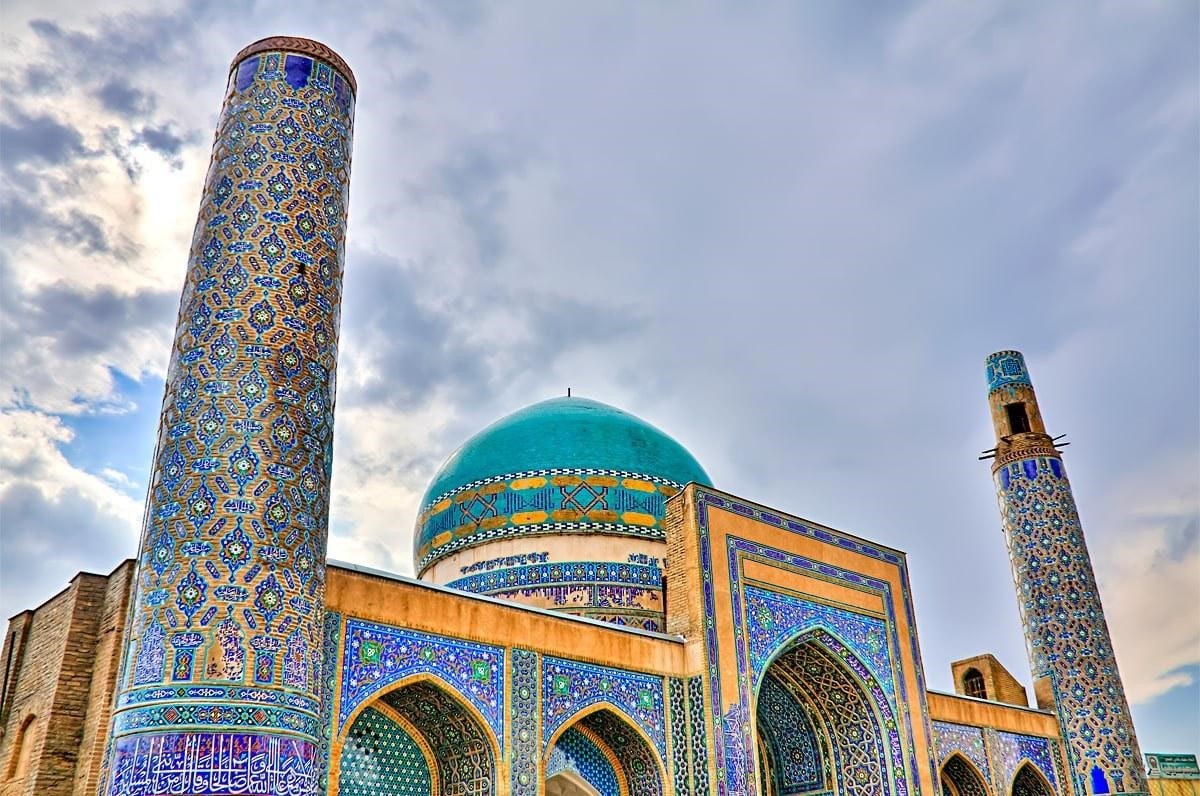
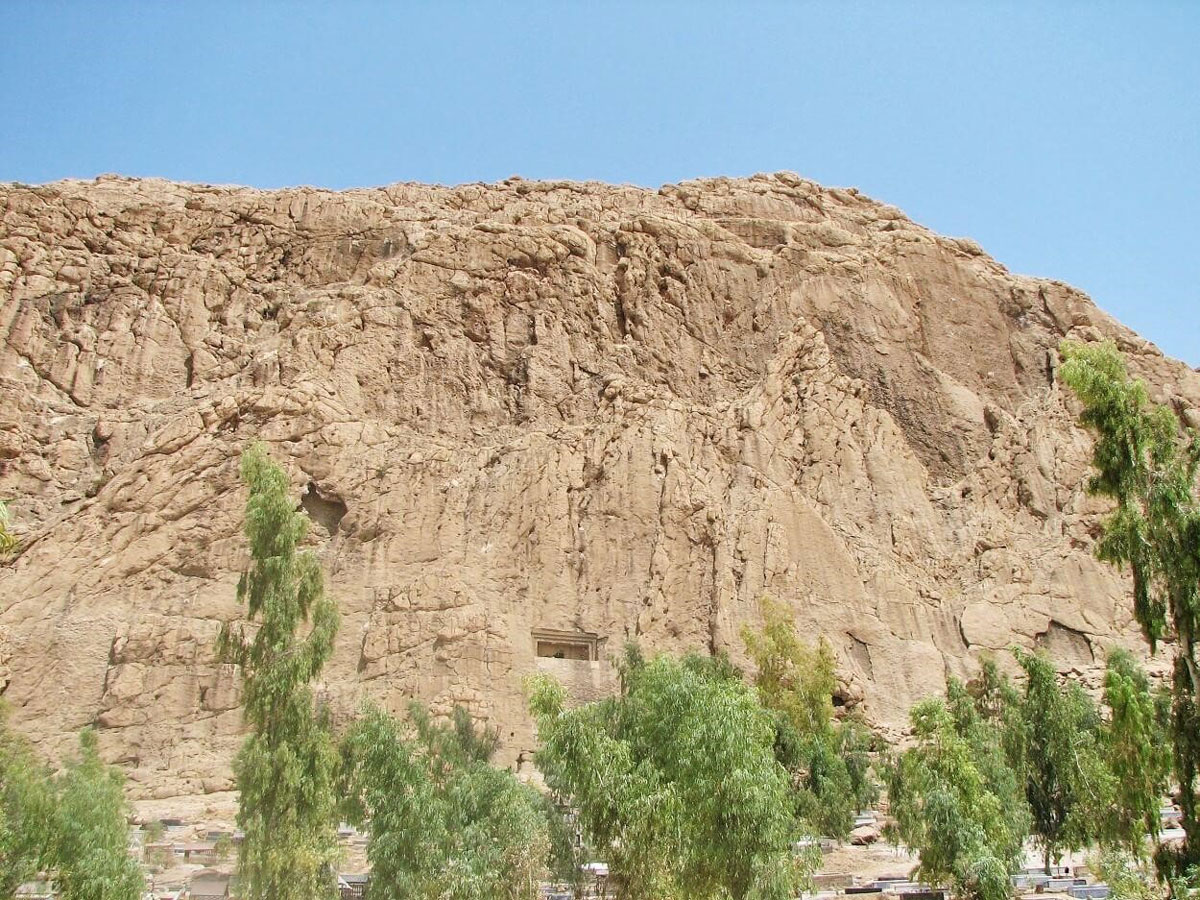

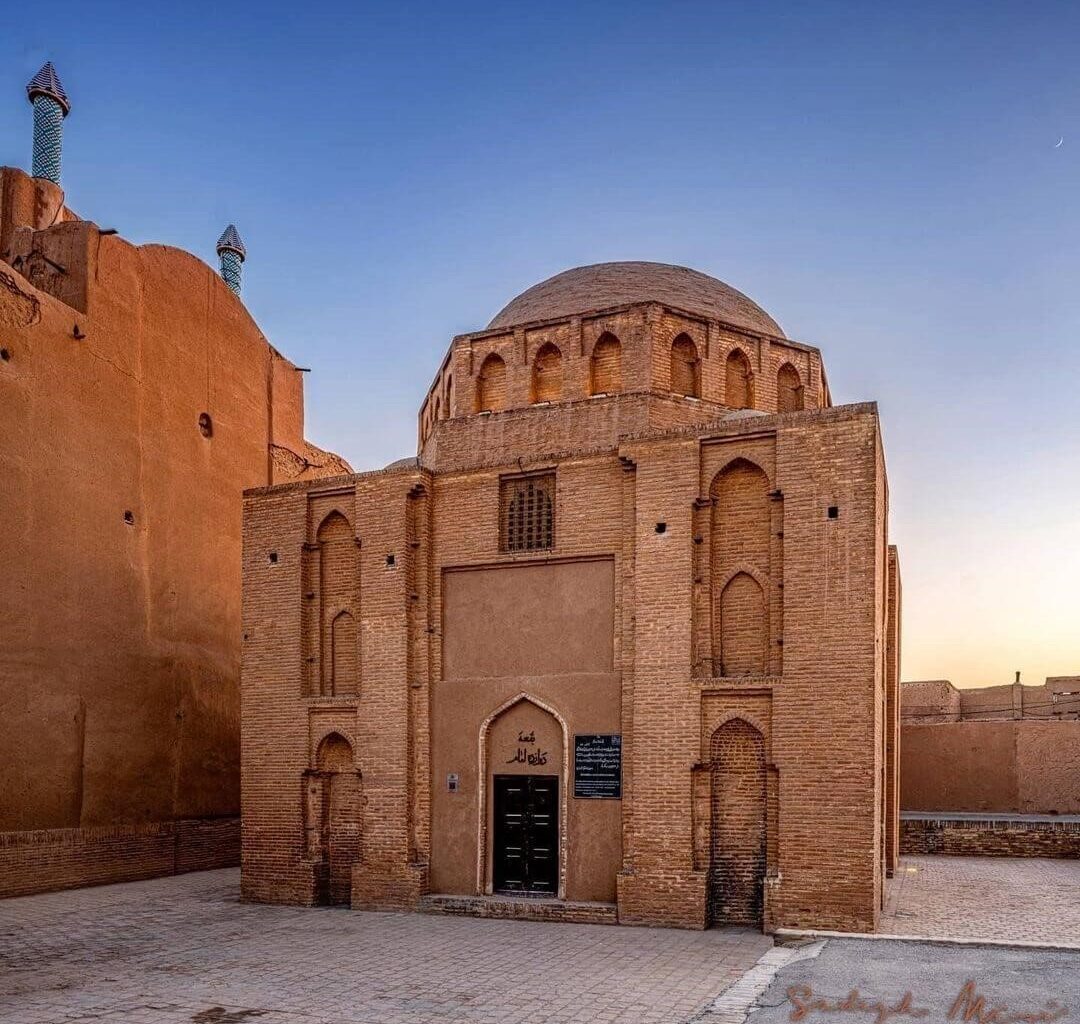



I found this most interesting. I have read about the work of Henry Rawlinson and his courageous decipherment of the inscriptions at Bisotun, but had not encountered all the other related historical material.
You’re right. Mr. Rawlinson contributed a lot to decoding the inscriptions and establishment of Assyriology as a result of his works in Bisotun. I’ve watched over various corners of bisotun a few years ago and seen very interesting spots around it like bas reliefs on a piece of rock that is left at a corner of the hillside, which nobody cares about or an ancient bridge on the river nearby, etc. This area is really worth some close scrutiny.
Looks amazing. I would love to visit!
Thanks for your comment Cez. I will do my best to help you with your journey any time you’d like to visit Iran.
This post reminds me that I really must get to Iran one day, thanks for sharing!
Anytime Becky.
It makes me happy to know that my readers get such impression.
looks fantabulous. I would like to visit. Can anybody help me with information about how to reach there.Thanks
looks fantabulous. I would like to visit. Can anybody help me with information about how to reach there.Thanks
Sure. It’s part of “Iran In-Depth Tour” package: https://www.destinationiran.com/iran-in-depth-tour
Also, we can arrange a customized tour for you including this site. Just contact us to get this done: https://www.destinationiran.com/contact
Yeah exactly looks amazing. I just love archeological work and love to visit there.